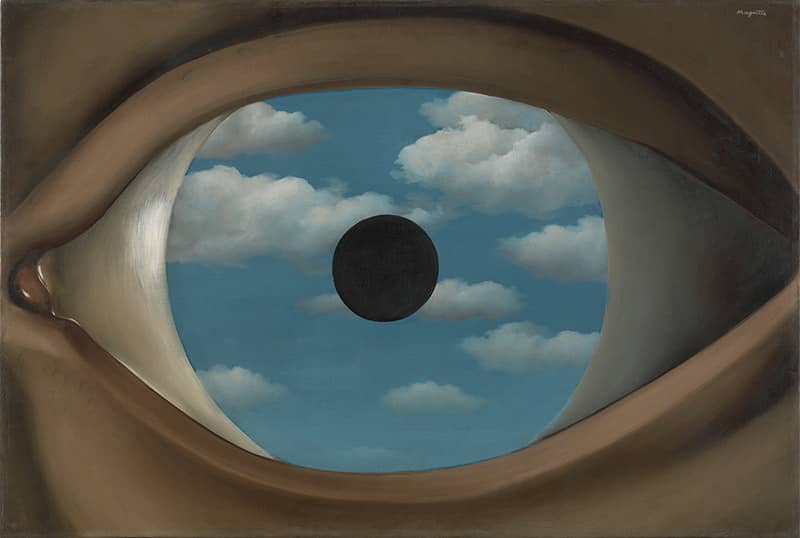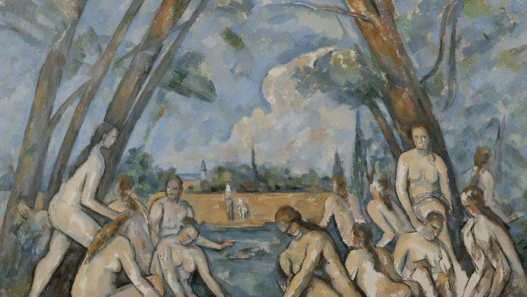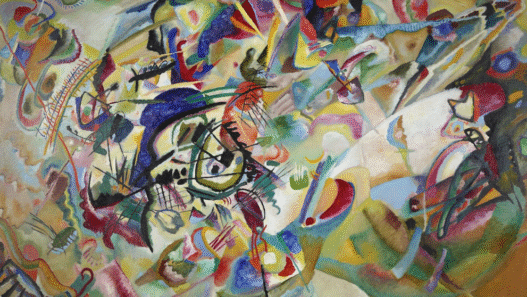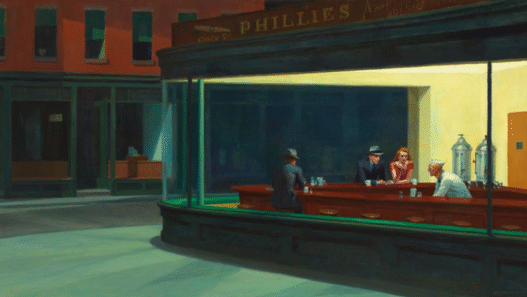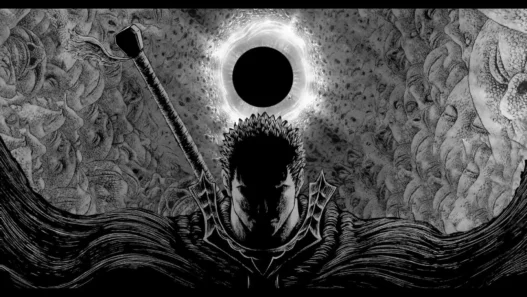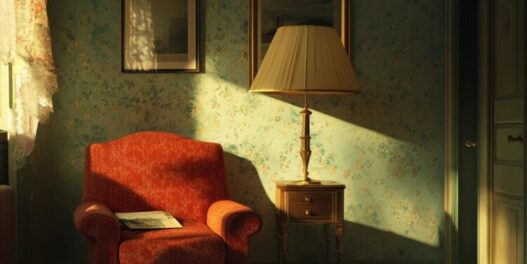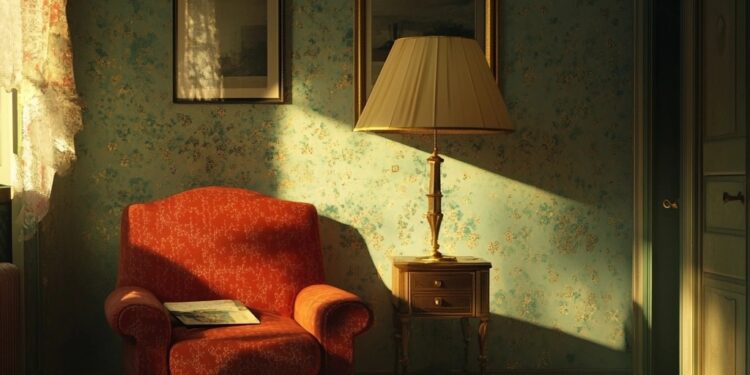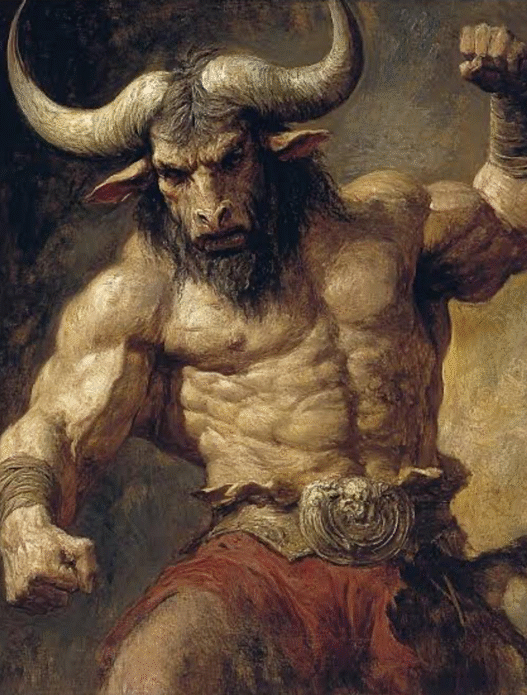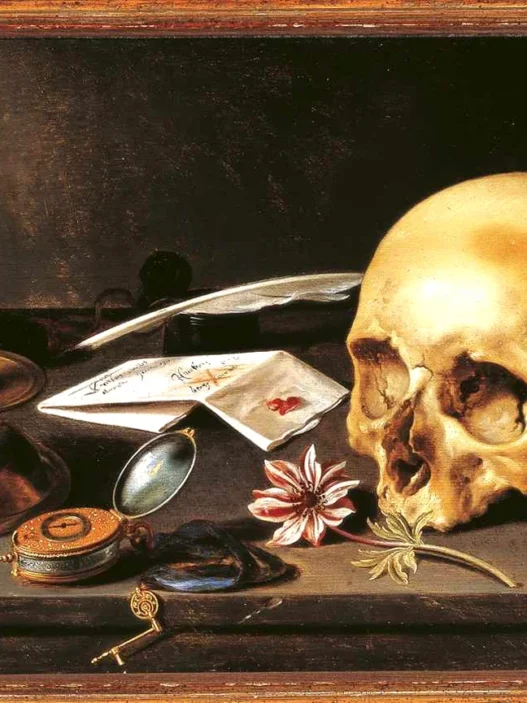In a world constantly buzzing with activity, being home alone can often feel like a retreat into a quiet, isolated space. Yet, through the lens of ‘Home Alone Symbolism’, it is in these moments of solitude that we are given the opportunity for something profound, a new sense of self-discovery.
The symbolism within this concept of being alone can unlock new insights, reveal hidden truths, and guide us on a journey of personal growth. Art, when infused with these themes, becomes a powerful medium for exploring the depths of isolation, reflection, and transformation.
The Empty Room: A Symbol of Solitude
When we think of being home alone, the image of an empty room often comes to mind. The silence is palpable, broken only by the sound of our thoughts. In this space, the absence of people and distractions can feel both comforting and unsettling. It’s as though the room itself becomes a reflection of our inner world, mirroring the voids we feel when we are left alone with ourselves.
In art, the empty room serves as a symbol of this solitude. A sparse room, perhaps with only a single chair facing a window, conveys a sense of separation from the outside world.
The window can represent the distant, unreachable parts of ourselves or the world we long to connect with but feel cut off from.
This imagery evokes a duality: the comfort of being alone, yet the loneliness of isolation.
The Symbolic Key to Being Home Alone
Isolation often forces us to confront the parts of ourselves we tend to avoid in the rush of daily life.
In this stillness, symbols emerge that represent the journey toward self-discovery.
A key, for example, is a powerful motif. It can represent the unlocking of something within. Whether it’s an idea, a memory, or a deeper understanding of who we are. In the context of solitude, the key might also represent the door to our subconscious, urging us to explore the hidden corners of our minds and hearts.
This key can be placed in the artwork as an object of focus, perhaps on a table beside an open book or on the floor next to a chair.
The simple act of “unlocking” holds deep significance. It suggests that isolation is not just about being alone; it is an opportunity to open doors to new perspectives, self-awareness, and personal growth.
The Timeless Symbol of Solitude
Time in solitude often feels different.
Without the constant pull of schedules, appointments, or external distractions, the passage of time seems to slow down, stretch out, or even stand still.
A clock or an hourglass, frozen at a certain time, can be a striking symbol of this altered perception of time. In art, this imagery could highlight the endless cycle of thoughts and reflections that occupy our minds when we are home alone.
Perhaps the clock’s hands are stuck at midnight, a moment of introspection when the world outside has faded away, and the only thing left is the person in the room.
This subtle moment of stillness creates a powerful visual metaphor for how isolation allows us to reflect on the past, confront unresolved emotions, and contemplate the future.
Symbol of Freedom
Despite the stillness and the sometimes overwhelming silence, there is often a flicker of hope that emerges in the form of symbols.
A bird, distant yet visible through the window, can symbolise the possibility of escape, freedom, or new beginnings.
This bird, isolated in its own way, could also represent the yearning for something more, a desire for connection or release from the confines of our internal struggles.
The solitary bird reminds us that even in moments of profound isolation, there are always opportunities for growth and transformation.
Just as a bird can fly free, so too can our minds break free from the limitations imposed by isolation.
The bird is both a symbol of longing and potential. A reminder that from solitude comes the possibility of change.
The Dance of Symbols
Light and shadow play crucial roles in conveying the emotional landscape of isolation.
Shadows that stretch across the floor can represent the darkness of the unknown or the fears that come with being alone.
But where there is shadow, there is also light.
The soft glow from a single lamp or the sliver of daylight coming through the window.
This contrast between light and dark represents the duality of the solitary experience: the discomfort of being alone, but also the clarity and understanding that solitude can bring.
In art, this interplay can be used to show how self-discovery often happens in moments of quiet contemplation.
The light highlights moments of insight and growth, while the shadows offer a space for reflection and self-doubt. This dynamic between light and dark can capture the complexity of being home alone.
A space that is both challenging and nurturing, both a place of quiet and a gateway to understanding.
Symbolism and Self-Discovery
Being home alone is often seen as a time of loneliness or emptiness.
However, when explored through art, this solitude transforms into a rich, symbolic journey. It becomes a space for unlocking the self, for confronting the past and present, and for discovering new aspects of who we are.
In the stillness of isolation, we find the freedom to reflect, to question, and to grow.
Through the key, the clock, the bird, and the dance of light and shadow, we are reminded that isolation is not merely an absence of others but a chance for self-exploration and transformation.
It is in these moments that we truly discover who we are, and in the process, we uncover the infinite possibilities of who we might become.
Would you like to explore any of these symbols or themes further in your artwork or writing?
